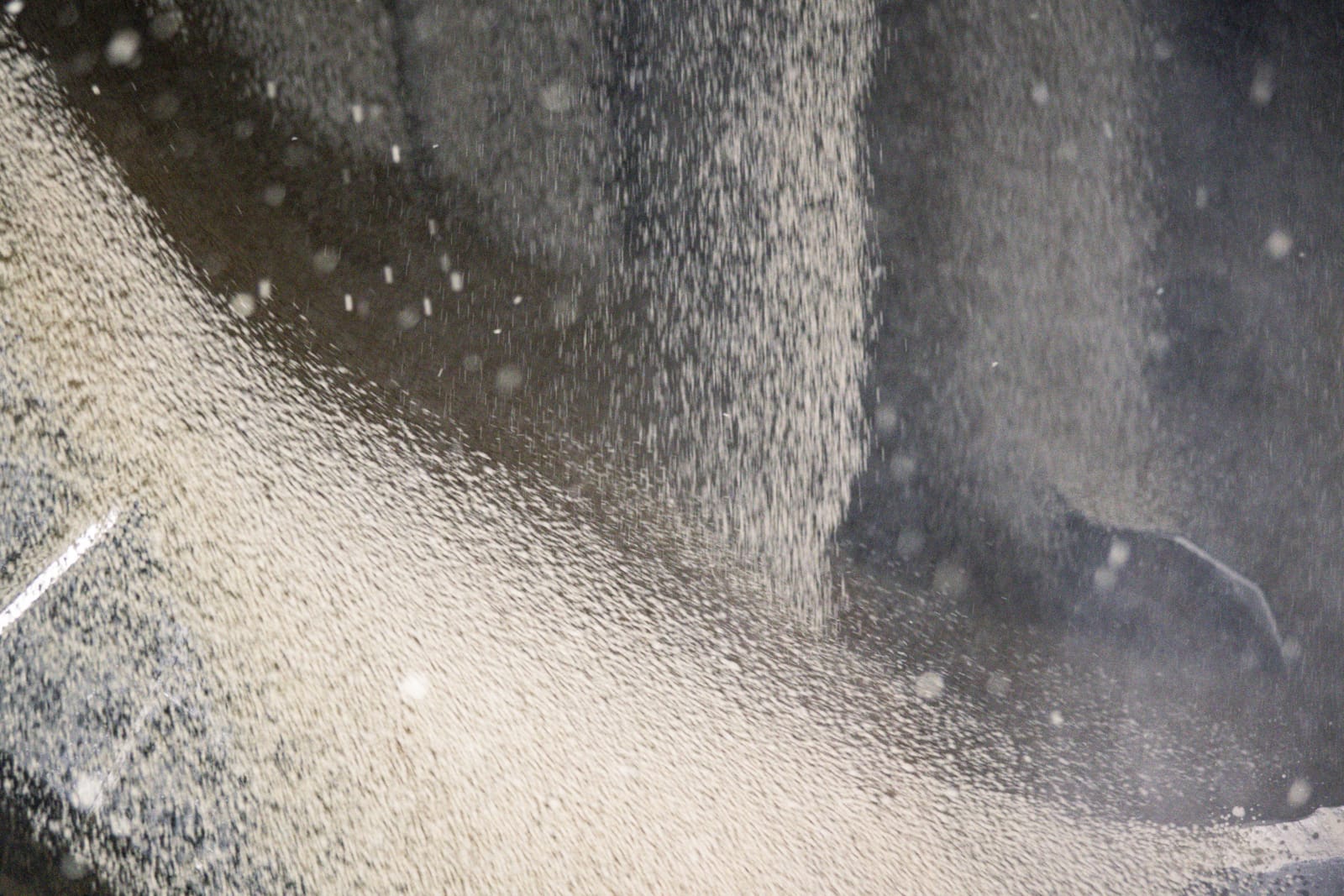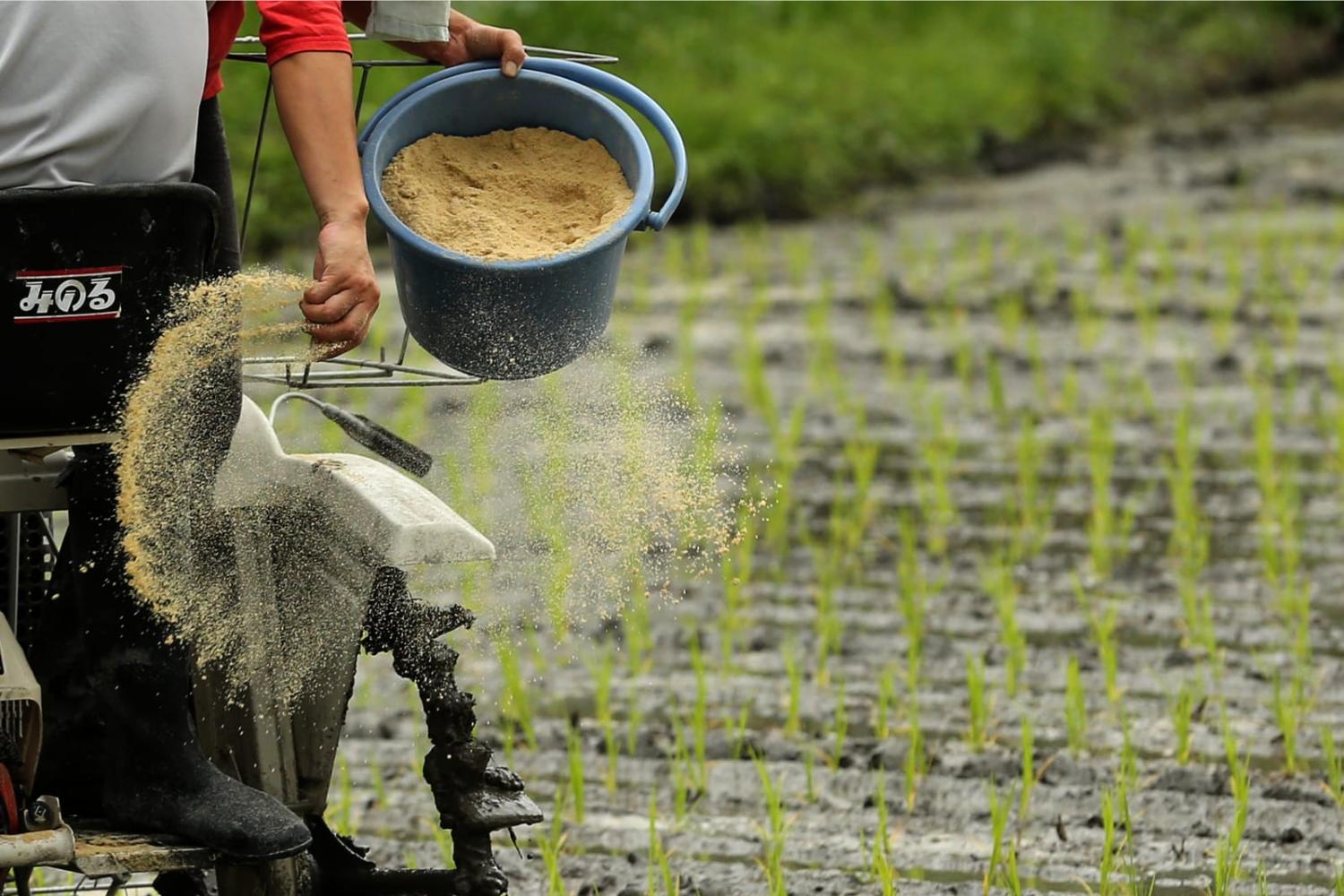For many countries, Russia’s invasion of Ukraine has had a grave impact on food costs and availability. Grain export bans and pipeline shutdowns by Russia have resulted in a sharp increase in international food prices.
There are other impacts that are equally serious, but less obvious. In the case of Japan, one of the most significant impacts has been the increase in chemical fertiliser prices – up 50% compared to three years ago according to the Ministry of Agriculture, Forestry and Fisheries (MAFF). The problem shows the unstable position of agriculture in Japan, relying on foreign supplies of principal resources.
Japan’s chemical fertiliser supply is almost fully dependent on imports. In 2020–21, nitrogen fertilisers came mostly from Malaysia (47%) and China (37%). Phosphorous fertilisers were supplied by China (90%) and the United States (10%) and potassium fertilisers were primarily from Canada (59%) and Russia (16%).
The increasing cost of fertilisers has been attributed to the international market price and the weak yen. The government is currently covering 70% of the fertiliser price increase to protect farmers.
The international market price soared mainly because Russia, one of the world’s biggest suppliers of chemical fertilisers, halted its exports in 2022 to support domestic farmers. The ban is affecting Japan and a number of Southeast Asian countries that buy fertiliser from Russia.
Moreover, the production of chemical fertilisers relies heavily on resources such as natural gas. The war has disrupted its flow, which has led to a further increase in the international market price of fertiliser.
In Japan, fertiliser accounts for between 6-13% of farming expenses on average. The proportion is especially high for field crops. The fertiliser price hike is not fully reflected in farm-gate prices of food items and puts pressure on the margins of farmers by increasing fixed costs.
In 2022, MAFF published a report evaluating risks to stable food provision in Japan. The price increase of fertilisers was classified as an “important risk” with the most significant impact.

It is not only a Russia-Ukraine war threatening stable fertiliser supply. It is widely reported that raw materials for chemical fertilisers are running short globally. In 2022, China, the biggest producer of phosphorite in the world, limited its exports to prioritise domestic supply.
Crucially, raw materials for chemical fertilisers are unevenly distributed around the world. Morocco accounts for 70% of the economic reserve of phosphorite. The reserve of potash ores is dominated by Canada (41%) and Belarus (30%). The maldistribution is the same for energy resources, which are necessary for chemical fertiliser production.
Because the international situation is increasingly unstable, the trend of high fertiliser prices is likely to continue. This has prompted efforts by Japan to ensure “fertiliser security” for the country. As a diplomatic response, the Japanese government paid a visit to Malaysia and Canada to ask for the continuation of a stable fertiliser supply. The government discussed with Morocco plans to diversify trade partners for phosphorous fertilisers.
Aiming to reduce fertiliser consumption itself, the government is encouraging farmers in Japan to selectively fertilise micronutrients that are only deficient in the soil. To understand the soil conditions, farmers are using soil analysis services from Japan Agricultural Cooperatives. At the same time, MAFF is encouraging farmers to make use of organic fertilisers such as poultry manure because these raw materials are easily available in Japan. In December 2022, MAFF launched a subsidy scheme for material suppliers and manufacturers to boost fertiliser production with domestic resources.
In 2021, MAFF started the Measures for Achievement of Decarbonisation and Resilience with Innovation (MeaDRI). Inspired by the Farm to Fork strategy at the heart of the European Green Deal, MeaDRI aims to achieve various environmental goals by 2050. These goals include zero CO2 emissions from the agricultural sector of Japan, a 30% reduction in chemical fertiliser use, and an increase in organic farming without using chemical fertilisers to one million hectares (25% of total farming areas).
But many say that MeaDRI is too ambitious and verging on unrealistic. Organic farming areas in Japan amounted to 23,000 hectares (0.5% of total farming areas) in 2017. To achieve its goal, Japan needs to expand the area almost 40 times. It will be difficult to overcome the dependency on imported chemical fertilisers by only promoting organic agriculture.
This dependency on imported chemical fertilisers is emblematic of the current situation in agriculture in Japan. The agricultural industry faces increasing dependence on foreign resources, not only fertiliser but also feed and agricultural labour. This challenge of fertiliser security will provide an opportunity for the country to start considering how to face such problems.
There is no easy way out of this challenge for Japan. Soaring international chemical fertiliser prices will probably bring further instability to the agriculture sector and concern over food security in the country. Japan needs to continue reassessing the current state of domestic chemical fertiliser use while securing imports.

